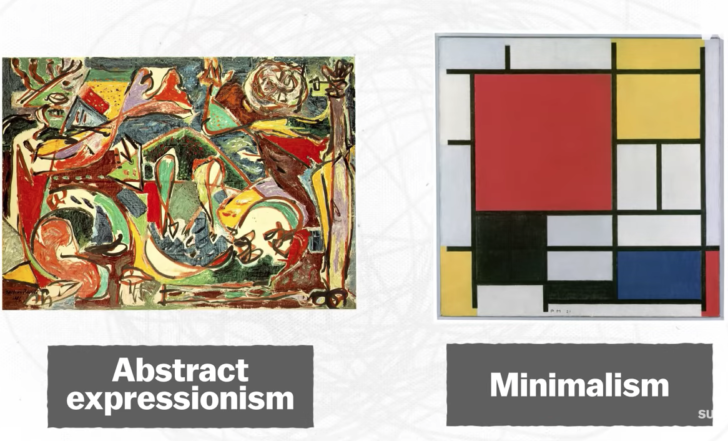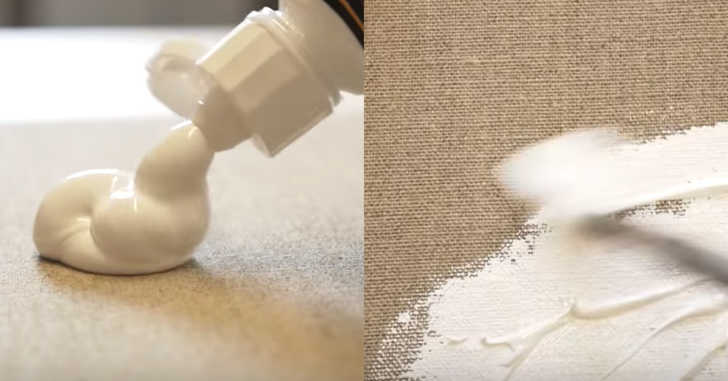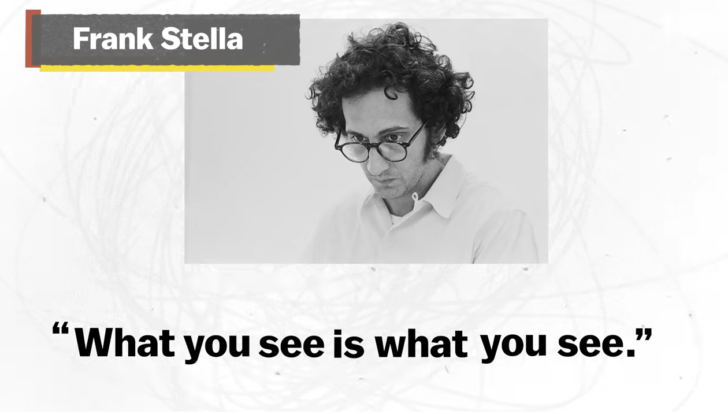Why All-White Paintings Sell For Millions
If we’re being honest, most of us probably scoff and think, “What’s so special about this?”

We’ve all seen (or at least heard of) all-white paintings that are sold for hundreds of thousands, if not millions of dollars. If we’re being honest, most of us probably scoff and think, “What about this blank canvas could possibly be worth that much money?”
You might be surprised at the answer! (But, of course, in the spirit of modern art, it’s all up to interpretation).
Elisabeth Sherman, Assistant curator at the Whitney Museum of American Art, has some fascinating insights to the wonderful world of white paintings.
History

As with most things, it’s important to understand the history and context of this type of artwork. White paintings fall under the category of Minimalism, which you probably already guessed. After all, what’s more minimalist that a white rectangle, right? The Minimalism movement came about during the 1960s as a pushback to the Abstract Expressionism of the 40s and 50s. As you can see, there are some stark contrasts to the styles of art.
What Is White, Really?

As Elisabeth points out, there is no “pure white.” There are always slight imperfections and variations. It might be easy to look at one shade of white and think that it is simple, and the standard of “white.” However, if you’ve ever painted your walls white, then you have an idea of how many shades there really are!

Therefore, the “blank white paintings” aren’t quite as simple as squeezing some white paint on a canvas and spreading it around.
The Devil Is In The Details

Another misconception about these white paintings is that they really are just a blank canvas. But, upon further inspection, you can see that there are some strategically placed lines, some texture, and just maybe, a little bit more than meets the eye.
Interpretations

Abstract Expressionism is all about the artist’s work and their movement; it’s about the artist leaving a part of themselves behind when they are finished with the piece. Minimalism strips art of the burden of being “about” something else. It simply is an object unto itself. Elisabeth points out that with other movements in the art world, such as pop art, we already have a deep-seated opinion and relationship with the objects represented. With Minimalist art, it requires a deeper look into the object, and perhaps at yourself, to gain understanding.
Reactions

There is a lot of negative feedback to Minimalism, which is part of makes it so interesting. People. Get. Mad. Like, almost unreasonably so. The ironic thing is… that’s kind of the point. Well, maybe not the anger, per se, but to reveal a reaction to the piece. In this sense, Minimalist art is a sort of Rorschach test. What is your initial reaction? Anger? Jealousy (I could have done that)? Confusion? Excitement? Curiosity? And what does that say about you?
What do you think about all-white paintings? Let us know in the comments below!
SKM: below-content placeholderWhizzco for DOT

